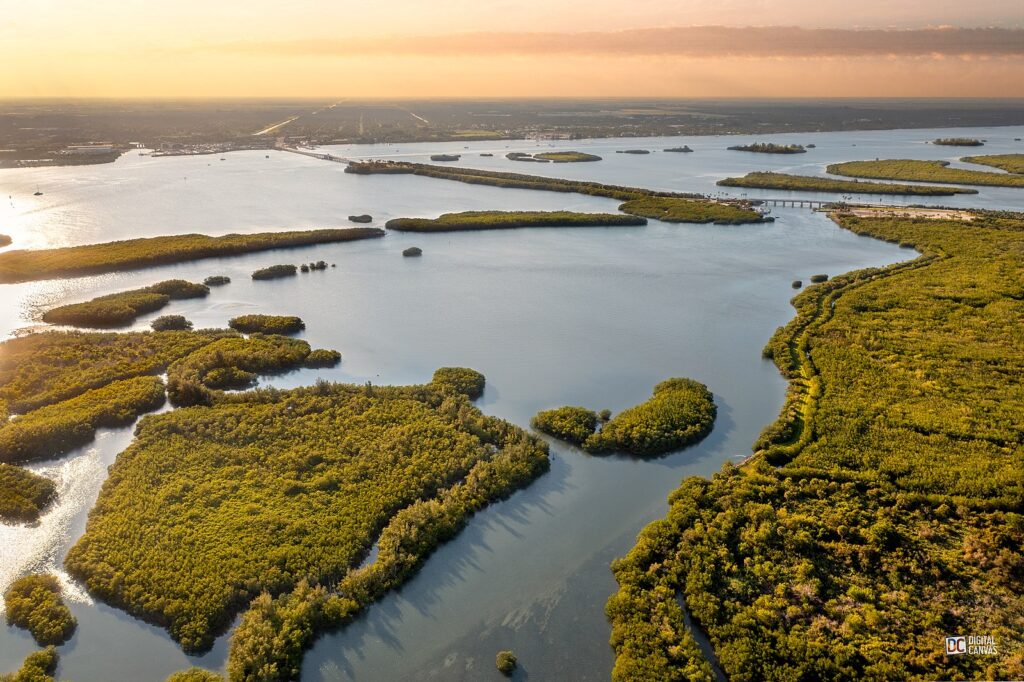Overlooked Algae Toxin Widespread in Southern Indian River Lagoon
Posted
Last Updated
By ecomagazine.com.
Spanning about one-third of Florida’s East coast, the Indian River Lagoon has faced frequent harmful algal blooms in recent years. Among them, Pseudo-nitzschia spp., algae that produces the neurotoxin domoic acid.
Domoic acid can bioaccumulate within food webs, causing sickness and death in higher trophic level organisms such as marine mammals and birds, and have been documented in sea turtles in Florida coastal waters and in bull sharks within the Indian River Lagoon system. In humans, consumption of shellfish contaminated with domoic acid can cause harmful symptoms.
Unlike other harmful algal blooms, Pseudo-nitzschia are not bioluminescent and do not cause water discoloration or large fish kills. Because there are no obvious visual cues of these blooms and monitoring them is event based, documenting their presence is challenging.
Researchers from Florida Atlantic University’s Harbor Branch Oceanographic Institute have conducted the first widespread molecular study of domoic acid produced from Pseudo-nitzschia in the Indian River Lagoon. Their results, published in the journal Harmful Algae, suggest domoic acid may be a significant threat to the lagoon’s ecosystem.
To gain a better understanding of the ecology of Pseudo-nitzschia in the central and southern portions of the Indian River Lagoon system where monitoring has been less frequent, researchers collected surface water samples from five locations along the lagoon between October 2018 and May 2020. They analyzed 158 samples for phytoplankton concentrations via cell counts that were collected on 68 different dates. Scanning electron microscopy was conducted on cultured material, which enabled them to morphologically identify six distinct species of Pseudo-nitzschia and compare them with sequencing data.
Results showed Pseudo-nitzschia was present in 87 percent of the samples, which were associated with relatively high salinity waters and cool temperatures. All isolates demonstrated toxicity, and domoic acid was found in 47 percent of surface water samples.
Read more at ecomagazine.com.

